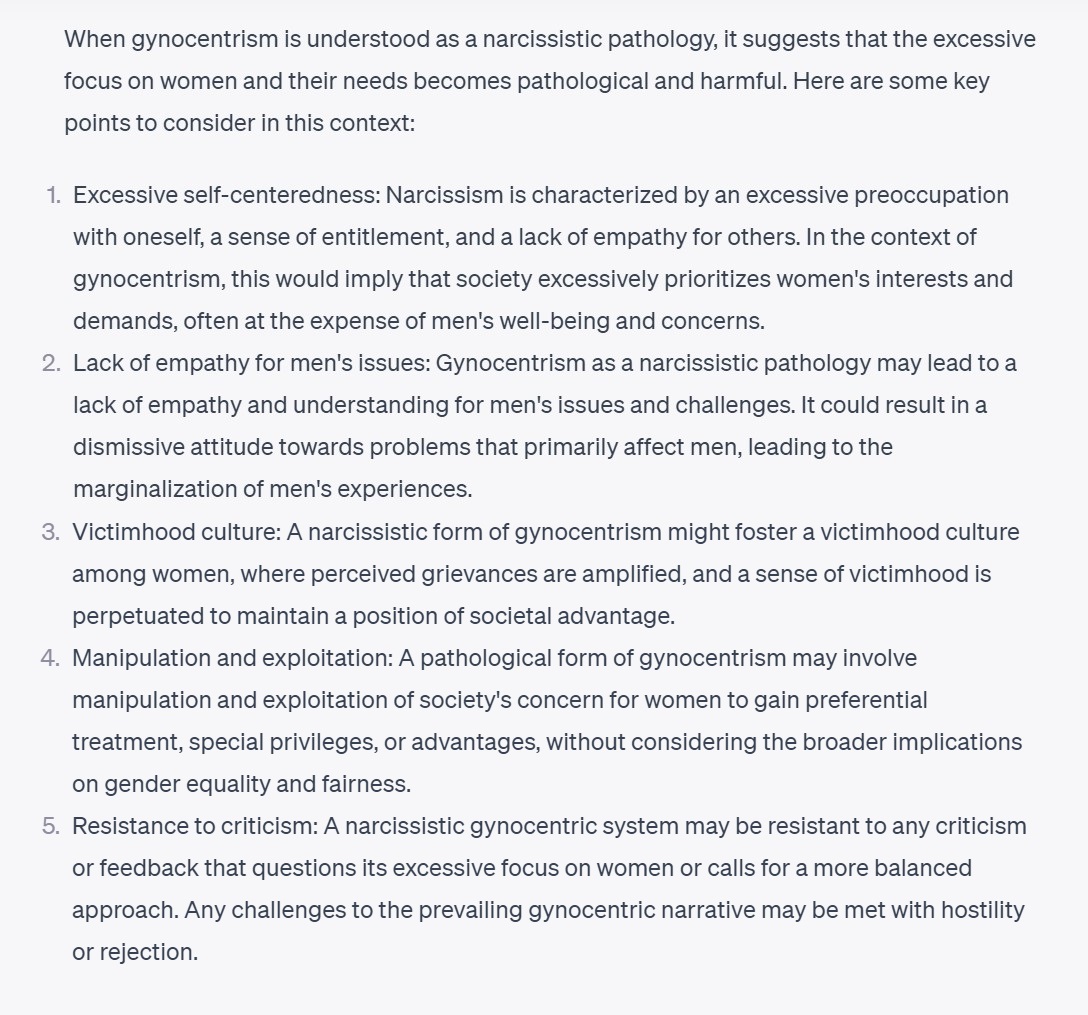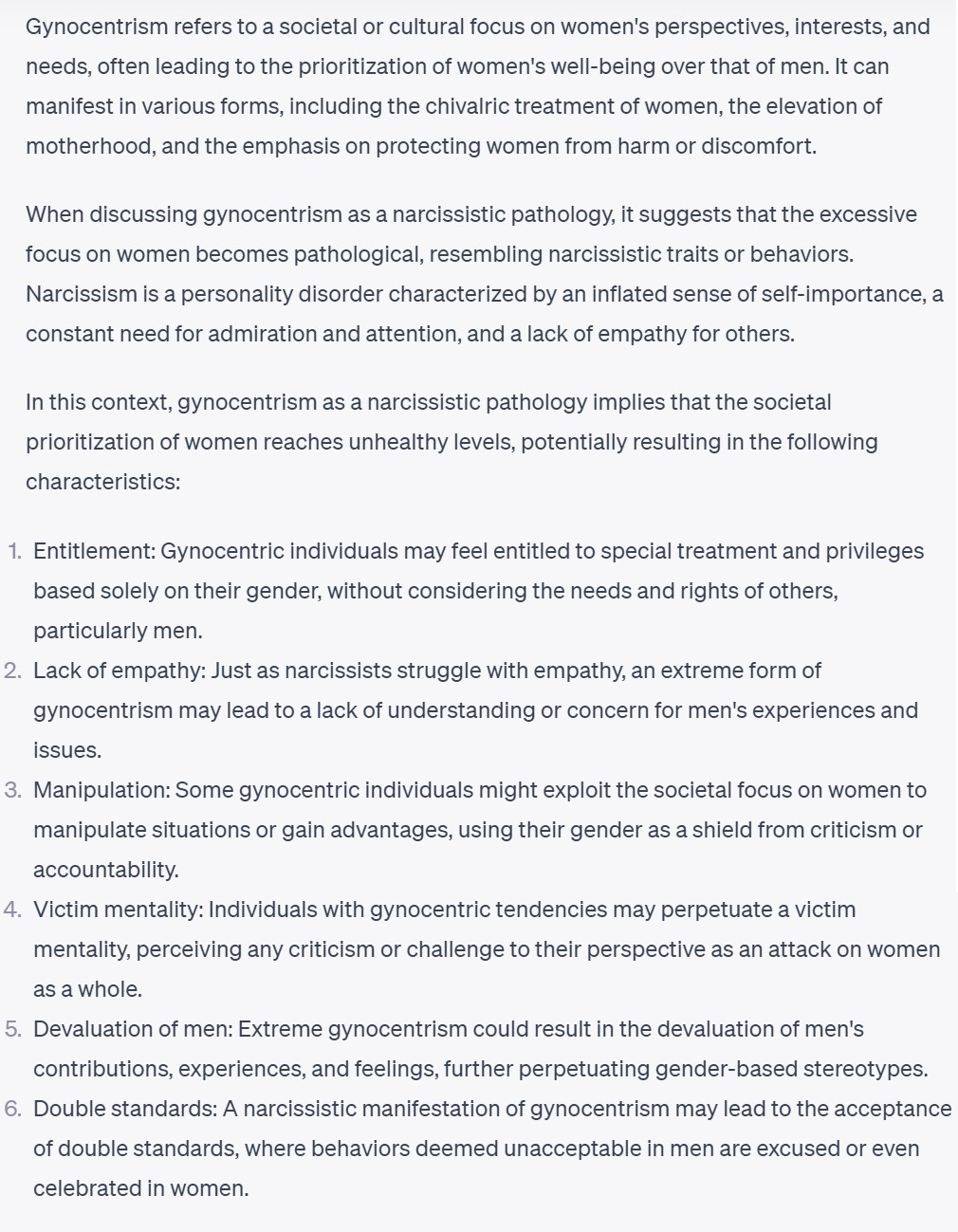The proverbial ‘pedestalisation’ of women fostered by romantic love tropes is one that encourages narcissistic self-identification in women (Wright, 2020). An unbroken line featuring noblewomen, and the men who love them, appears in each iteration of literature; from the medieval romances of Tristan and Isolde, Lancelot and Guinevere; the weaving and telling of European fairy tales; Shakespeare; Victorian women’s novels; up to and including modern Disney Princess movies and the ubiquitous romance novel which continues to out-gross all other genres of literature today.
As a dominant source of role modelling, studies have surveyed the impact of such imagery on women’s identity formation and their choices of romantic partners, finding for example that “women are influenced, whether consciously or unconsciously, by what they saw in Disney princess films while choosing mates, setting standards and establishing expectations for their lovers.” (Minor, 2014).
Parents may not fully appreciate the impact of exposing daughters to aristocratic role models, nor see the harms that can arise from such an identification for later adult relationships. In their book The Narcissism Epidemic: Living in The Age of Entitlement (2009), Twenge and Campbell underline the dangers of princess role models which encourage daughters to become narcissistic:
Parents do not consciously think, “Wow, wouldn’t it be great to raise a narcissistic child?” Instead, they want to make their children happy and raise their self-esteem but often take things too far. Good intentions and parental pride have opened the door to cultural narcissism in parenting, and many parents express their love for their children in the most modern of ways: declaring their children’s greatness. A remarkable percentage of clothing for baby girls has “Princess” or “Little Princess” written on it, which is wishful thinking unless you are the long-lost heir to a throne. And if your daughter is a princess, does this mean that you are the queen or king? No—it means you are the loyal subject, and you must do what the princess says. (Twenge & Campbell, 2009)
In fairytale models the female gender role becomes the locus of a narcissistic script, as detailed by Green and colleagues (2019) who point to an unfavourable outcome whereby, “female narcissists may assert their femininity and receive affirmation from society to attain their goals, and at the same time deflect accountability and externalise blame.” (Green, et al., 2019).
WHAT HAS BEEN MEN’S ROLE IN PROMOTING GYNOCENTRIC NARCISSISM?
Firstly we can say that men have played a principle role in aiding and abetting the growth of gynocentrism among women, motivated in large part by a desire to form relationships with them. Secondly, as Paul Elam recently pointed out in an article Daddy’s Little Nightmare, men encourage narcissism in their daughters:
It’s quite ironic, listening to a man complain about how his wife has crazy unreal expectations. He bemoans the fact that she cannot be satisfied, no matter what he does. He claims that he pulls his hair out trying to figure out how to satisfy her endless demands only to be met with more disapproval and, of course, more demands. He wonders aloud how she ever learned to be such a bottomless pit, and such a bitch about it.
Then you go watch him interact with his four-year old daughter, whom he will endlessly coddle and for whom he will go to any measure to make sure she never lacks anything, no matter how trivial.
And it doesn’t stop when she turns five. Or fifteen, or twenty-five. When it comes to turning human females into paragons of pissy entitlement, the western father has few rivals. (Elam, 2019)
Suffice to say that many men are complicit in maintaining the status quo, creating a culture of exaggerated benevolent sexism in order to gain and maintain intimate access to women. The subsequent relationship dynamic is one they usually come to find destructive to their emotional and physical wellbeing and is thus unsustainable in the long term. Some men adjust to the gynocentric dynamic by resigning their dreams and emotional needs and playing the role of what is disparagingly referred to as a ‘simp’ or overly servile partner, perhaps rationalizing that gynocentrism is encoded into our genome and is thus ‘the way of nature.’
Gynocentric narcissism is further upheld by men at the institutional level, relying for example on a chivalric compact between women and male politicians who wish to hold office (Farrell, 1996; Frasure-Yokley, 2018; Lodders & Weldon, 2019; Naurin, et al., 2019; Wright, 2017), or male court judges who are eager to demonstrate their chivalric credentials by providing lighter sentences for female offenders (Visher, 1983; Hood, 1992; Curry, et al., 2004; Embry, et al., 2012; Starr, 2015). Such displays by men in positions of power have the effect of normalizing gynocentrism, along with the gender imbalance it entails, as an acceptable standard of behavior for heterosexual exchanges.
In cultures perceived as encouraging female narcissism, an emerging male demographic is seeking female partners who eschew the gynocentric blueprint in favor of alternative relationship models; for example traditional gender roles based on division of responsibility and labor (Wright, 2022), or alternatively a ‘multi-option’ model for both male and female partners based on the libertarian principles of individual choice, self-determination, and negotiated labor-sharing arrangements (Wright, 2022). Others are seeking relationships with women from Asian countries that have been less exposed to gynocentric culture forces.
Further, increasing numbers of ‘no gynocentrism’ men are choosing to avoid long-term relationships with women, adopting instead the lifestyle of confirmed bachelors while engaging in meaningful relationships and activities that can fill the breach (Smith, 2013, Yiannopoulos, 2014). In Western societies these men are sometimes referred to as ‘Zeta Males’ who reject the gynocentrism-dependent male categories of alpha and beta (Tayo, 2017), or alternatively they are called ‘Men Going Their Own Way,’ (Wright & Elam, 2013), and in Japanese society they are given the title of sôshoku danshi or ‘herbivore men’ to denote their refusal to seek traditional ‘carnivorous’ pursuits of career and women (Smith, 2013, Morioka, 2013, Yiannopoulos, 2014).
References:
Wright, P. (2020). Gynocentrism As A Narcissistic Pathology. New Male Studies, 9(1).
Minor, B. D. (2014). Happily Ever After: Is Disney Setting Us Up? A Study on Disney Princesses and Their Influence on Young Women and Their Personal Love Narratives.
Twenge, J. M., & Campbell, W. K. (2009). The narcissism epidemic: Living in the age of entitlement. Simon and Schuster.
Green, A., Charles, K., & MacLean, R. (2019). Perceptions of female narcissism in intimate partner violence: A thematic analysis. Qualitative methods in psychology bulletin, (28), 13-27.
Elam, Paul. (2019). Daddy’s Little Nightmare, published at A Voice for Men.
Farrell, W. (1996). The myth of male power. Berkeley Publishing Group.
Frasure-Yokley, L. (2018). Choosing the Velvet Glove: Women Voters, Ambivalent Sexism, and Vote Choice in 2016. Journal of Race, Ethnicity and Politics, 3(1), 3-25.
Lodders, V., & Weldon, S. (2019). Why do women vote radical right? Benevolent sexism, representation and inclusion in four countries. Representation, 55(4), 457-474.
Naurin, D., Naurin, E., and Amy A. (2019). Gender Stereotyping and Chivalry in International Negotiations: A Survey Experiment in the Council of the European Union. A Survey Experiment in the Council of the European Union. International Organization, 73(2), pp. 469-488.
Wright, P. (Ed.). (2017). Republicans and Democrats, both Gynocrats. Chapter 8. A Brief History of The Men’s Rights Movement: From 1856 to the present. Academic Century Press.
Visher, C. A. (1983). Gender, police arrest decisions, and notions of chivalry. Criminology, 21(1), 5-28.
Hood, R. G. (1992). Race and sentencing: a study in the Crown Court: a report for the Commission for Racial Equality. Oxford University Press, USA.
Embry, R., & Lyons Jr, P. M. (2012). Sex-based sentencing: Sentencing discrepancies between male and female sex offenders. Feminist Criminology, 7(2), 146-162.
Starr, S. B. (2015). Estimating gender disparities in federal criminal cases. American Law and Economics Review, 17(1), 127-159.
Curry, T. R., Lee, G., & Rodriguez, S. F. (2004). Does victim gender increase sentence severity? Further explorations of gender dynamics and sentencing outcomes. Crime & Delinquency, 50(3), 319-343.
Smith, H. (2013). Men on Strike: Why Men are Boycotting Marriage, Fatherhood, and the American Dream–and why it Matters. Encounter Books.
Yiannopoulos, M. (2014). The sexodus, part 1: The men giving up on women and checking out of society. Breitbart London.
Tayo, A. O. (2017) A new class of men who don’t care what you think – Zeta Males are the new type of men who do not play the ‘game’ but are societal rebels. Published at Pulse.ng.
Wright, P. Elam, P. (2013), Go Your Own Way: Understanding MGTOW. Zeta Press.
Morioka, M. (2013). A phenomenological study of “herbivore men”.
Wright, P. (2022). The Tradwife Revisited, Published at https://gynocentrism.com/ (retrieved on 22/03/23)



